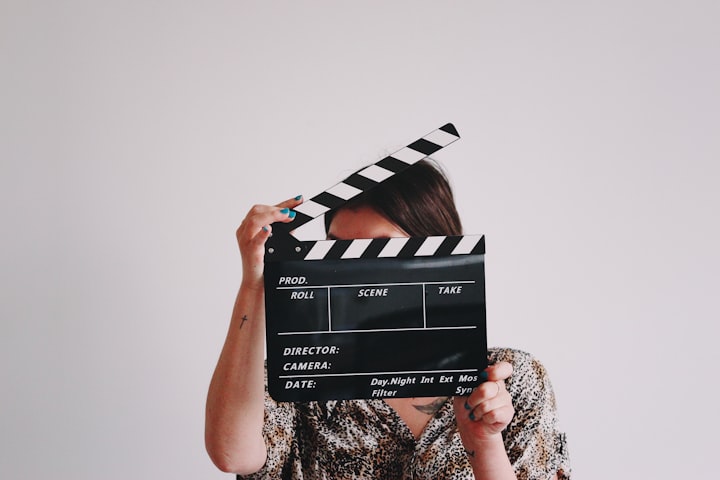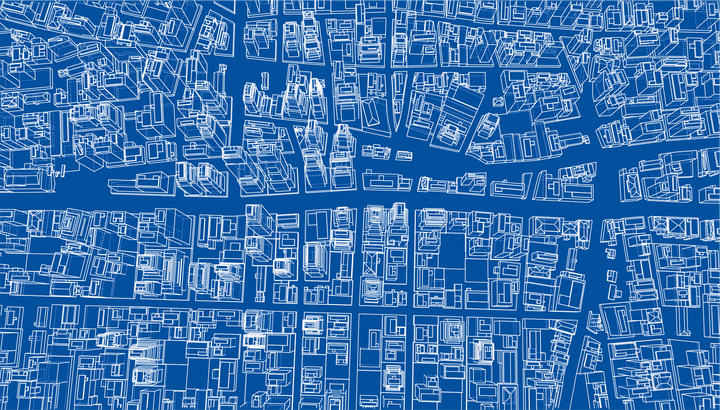One of the main reasons clients come to me is that they're stuck. They want different outcomes than they're getting. But haven't been able to make the change required to get those different results. They either don't know what to change or are resisting it. And that's a huge problem for leaders who are trying to tackle big issues like climate change and equity, or even make change in their organizations.
Nobody knows that better than Tamsin Lyle. As a professional engineer who works in the field of flood management, she recognized early in her career that traditional approaches to engineering consulting weren't having enough impact. And has spent more than a decade since then figuring out what we need to do differently to get the outcomes we want, through her consulting company ebbwater.
Here are six leadership strategies she shared in our conversation that anyone can start to use right now to get unstuck and create change, for good.
See the big picture
"Engineers, and I'm one of them, are awesome people. But we often aren't trained to really think about the implementation on the ground in terms of how something is actually going to get used. And so that was really the reason I founded ebbwater was to really work in the very messy space that's in between disciplines. So recognizing that engineering and technical work is super important, but that it needs to feed into planning and policy to actually enable change on the ground, to ultimately support climate adaptation and disaster risk reduction."
"In each of our projects, we're trying to ensure that a really holistic picture of things is considered, that we're not just looking at the technical, but we're looking at the implementation. We're looking at the long-term strategic directions and that we're pulling in lots of different disciplines."
Bring in diverse skills & perspectives
"And so I think it's about recognizing diversity on your team, certainly in terms of disciplines and skills. So having people who can run the numbers and create really impressive charts of where climate change is taking us. But also a lot of soft skills in the office too, to ensure we're able to communicate that very clearly with our clients and the public and stakeholders. And that we're really clearly explicitly explaining the trade-offs associated with the decisions that we need to make related to the information that we're providing."
Emphasize collaboration
"There's no time for us not to be sharing and learning from each other because we have so much work to do on climate adaptation that we just need to like, throwback and get rid of all of the things that would stop us learning from each other. Like all of those proprietary sorts of concepts and, and sort of hiding things – we don't have time for that right now as far as I'm concerned. I think we just need to grow our practice so we can each learn from each other cuz there's no way, you know, one firm can support more than half a dozen communities a year in British Columbia. So we need to make sure that there are more of us out there doing this work so that we're getting enough sleep over here."
"All of our projects are really big collaborations. And so we're working with facilitation experts, with engagement experts, with biologists, with planners, with true climate scientists (as opposed to us who are sort of more the users of that data)."
"I love working on these big collaborative teams because I learn from other people, and they're also my sounding board when things are pretty tough and dark and you just need somebody else to talk it over with. We work in climate, we work in disaster. And recently we've been working a lot around social vulnerabilities and equity and disaster. These are very dark, dark places to hang out. So it's really helpful to have a core group of people to talk to, to sort of, you know, totally let loose on. And I think we've built that as a company."
"So we're constantly building those collaborations and through that, learning how to communicate amongst ourselves first so that then we can model that with our clients."
Invest in communication
"We're a rare bird in the world of engineering in that the technical work is going to be about 20 to 30% of our, workload. And then there's probably another third that is spent on this communication and cat herding and process piece. Sort of just really delving into like, what are we trying to achieve? What are our constraints? What are our challenges, especially with climate change? What are the uncertainties? How do we bring the right people together in the room? And then I think the other part that we focus on a lot in this office is how we are then communicating that information back to clients and other interested parties. So making sure that we're delivering reports that decision-makers can use – maybe not delivering a report at all, but delivering PowerPoints or videos or animations or whatever it is to make sure that the information that we're providing is understandable and also useful."
"So the future is really the big challenge of our work. People are terrible at understanding risk, especially from events that are probable but not certain. So that's our entire domain of work. We know it will flood, but we don't know when it'll flood. And as a result, people just can't understand that, and so they don't think about it and they put it off. So we try to frame it so they can see what it might look like for them, using things like place-based language, scenarios, narrative and visualizations. This will be your town, potentially in 50 years. Here is the water line, drawn on a picture or photograph to show where the water will be and with a bit of a storyline about, there's a 50% chance that this will happen over the x x number of years."
"So getting people to understand the future in ways that are very clear and simple and sort of driven home, but also trying to do it in a way that's not terrifying. Making sure that we're always following up on that. Like, here's this future disaster and this is gonna be horrible, but here's what you can do about it."
Focus on solutions
"It's really challenging to be a technical person and an engineer at the moment. It's a bit terrifying cuz we know so much about what might happen and we're not necessarily trained to take that information and turn it into something that will actually improve our lives in the future. And it's paralyzing. So I think it's really important that we find support in this messy space in between and recognize how hard it is and then work with other disciplines to work on those solutions. Because I think if we don't have any kind of solutions or any pathway to something different, we're all gonna end up huddled under our duvets in the fetal position rather than acting."
Practice risk-taking
"I think need more people who are willing to take risks because, when it comes to the work that I do around disasters and all of these things, our entrenched pathways are really not doing us any good at the moment. And I think there are so many people who are very challenged to do anything other than what they have been trained to do and what we're being told to do based on regulations or based on engineering standards and the like. So I think we need a lot more people who are willing to take risks and understand, there's a risk in not doing that too, right? If we're not willing to fail in small ways now, we're gonna have a huge catastrophic failure 50 years from now."
"So it's really important that we're doing that and we're testing these out in gentle safe ways. But I think we also need to leave space to test things out in big ways because a lot of the shifts that we need to make for climate adaptation aren't the gentle nudges. They're the big transformational shifts, and we need to be ready to just go for it because we're gonna fail anyways. So there really is nothing to lose."
"What creates a successful team here at ebbwater is that everybody is really conscious of these sorts of wicked problems. Everybody here is relatively comfortable being uncomfortable and uncertain and asking themselves and others really tricky questions. We're asking really challenging questions of our clients and we're continually nudging them and trying to get them out of their sort of entrenched pathways and past ways of doing things, and encouraging them to take a risk and do something a bit different."
To find out more about how Tamsin and her team are changing the way they help clients make change and take action on climate adaptation, listen to our full conversation and check out their website.





